Best Sample Job Termination Letters
-
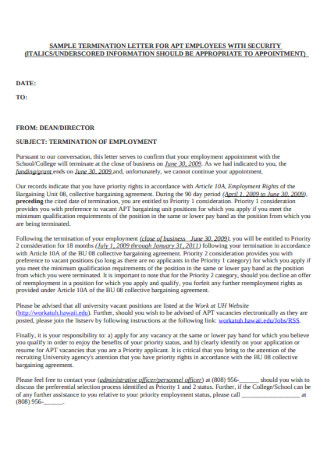
Sample Security Employee Termination Letter
download now -
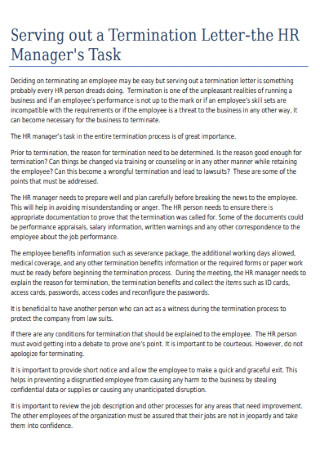
Manager Termination Letter
download now -
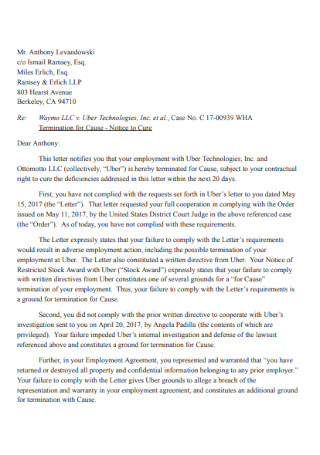
Sample Employment Termination Letter
download now -
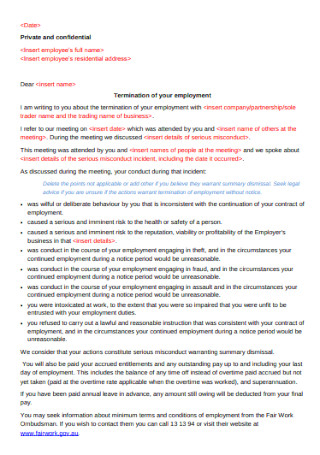
Termination of your Employment Letter Template
download now -
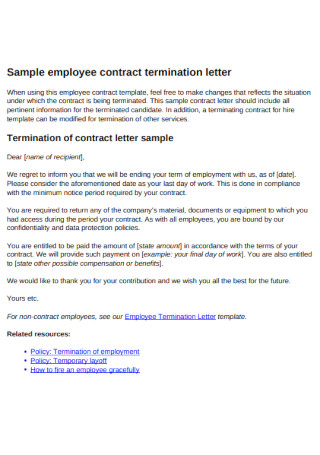
Sample Employee Contract Termination Letter
download now -
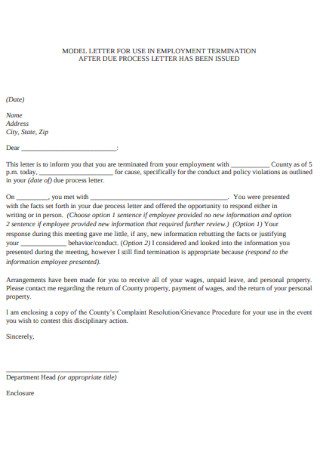
Employment Termination Model Letter
download now -
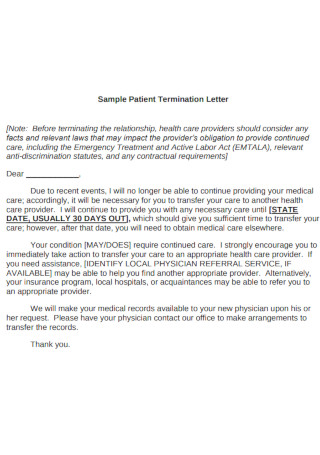
Sample Patient Job Termination Letter
download now -
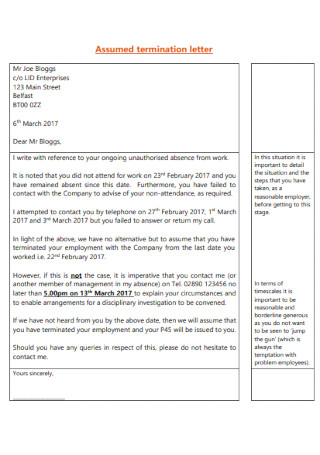
work Termination Letter
download now -

Sample Employment Termination Letter
download now -
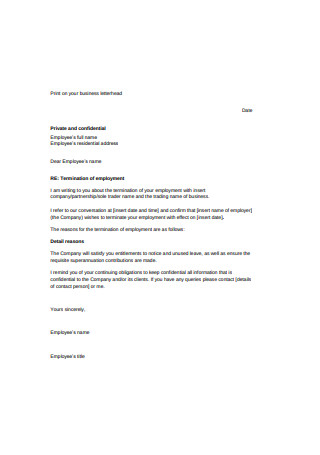
professinal Employee Termination Letter
download now -
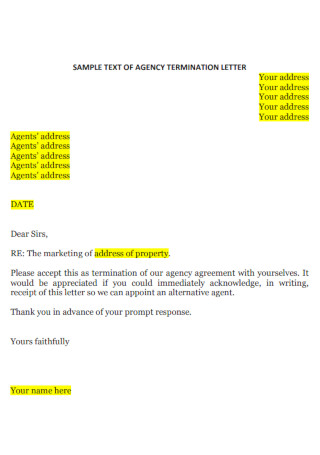
Agency job Termination Letter
download now -
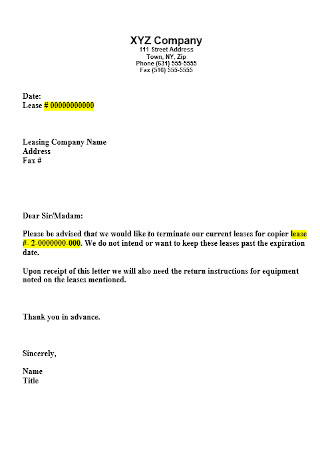
Company Lease Termination Letter
download now -
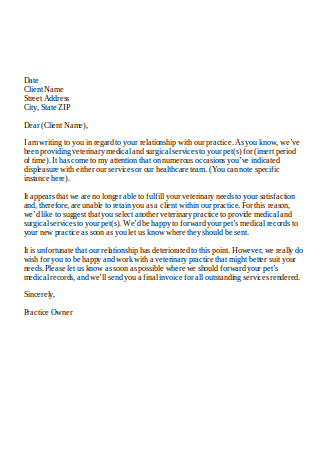
Sample Client Termination Letter
download now -
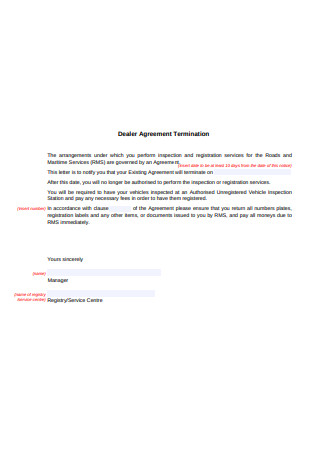
Dealer Agreement Termination Letter
download now -
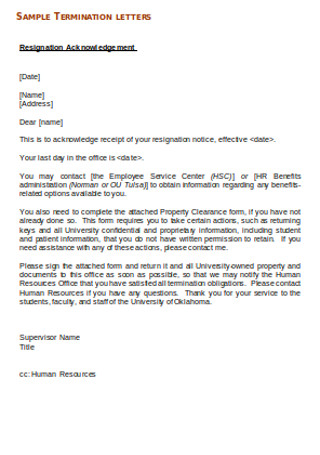
HR Termination Cover Letter
download now -
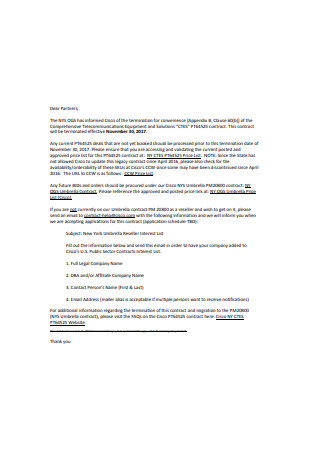
Partners Termination Letter
download now -
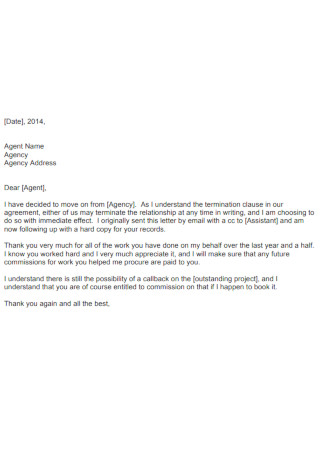
Sample Agent Termination Letter
download now
FREE Best Job Termination Letter s to Download
Best Sample Job Termination Letters
Job Termination Letter: What Is It?
What to Add in a Job Termination Letter
The Types of Circumstances in Using Job Termination Letters
How to Make an Apparent Job Termination Letter
FAQs
What are the other names of a job termination letter?
What are the top reasons for job terminations?
Is a job termination letter required?
Job Termination Letter: What Is It?
A letter of job termination is a formal document prepared by an employer or HR and is sent to an employee whose employment contract is officially over. In short, this is the document that confirms if an employee is fired from a company. Job termination letters would naturally state the reason behind the employee contract termination whether it is caused by unsatisfactory performance, numbers of absences, unacceptable behavior, or even from retrenchment or skeletal workforce (similar to what happened to many businesses during the COVID-19 pandemic). Moreover, the letter indicates the necessary steps to take so that the employee’s work status will be cleared.
The Balance Careers reported that the top reasons behind employment contract termination are: employees who posted controversial topics on social media (17%), workers who pretended to be sick or made false excuses (22%), those who used the internet for leisure or non-job-related activities (24%), and employees who were always late (41%).
Also, a 2016 survey confirmed that 70% of American job seekers look at company reviews before deciding on their careers.
Why Are Job Termination Letters Important?
Job termination letters are pivotal in confirming the end of an employee’s work contract with the company. And that can bring good news to businesses that tolerated disobedient workers or employees with poor performance for so long. By sending an immediate termination letter to an employee, the business can welcome workers who are more deserving than the latter. Most importantly, the letters expound on the reasons behind the termination. So as ex-workers depart from the organization, at least they understood the decision that led to being fired.
Also, job termination letters are better than mouthing employees to be fired and leave the premises immediately. That would have been very unprofessional. In fact, Glassdoor’s 2016 research survey confirmed that 70% of US job seekers tend to look at business reviews before deciding the next move in their career. And you can expect ex-employees to give your company negative reviews if you ended them unprofessionally. Letters can terminate employees in a positive tone and that is recommended to protect your enterprise’s brand. And if terminated employees have questions, they can always raise such concerns before leaving the company.
What to Add in a Job Termination Letter
While a job termination letter’s intention is clear, which is to dismiss an employee from an organization, your concern would be what to include writing in the letter itself. So in this section, you will be introduced to the significant elements worth adding to your job termination letter to ensure it really pays off.
The Types of Circumstances in Using Job Termination Letters
You already know that there is a myriad of possible reasons why employees get terminated. And you should know that there are three main types of circumstances in using job termination letters. And these are:
Without Cause
Sending a job termination letter without cause doesn’t literally mean there is no reason behind the termination. It just means that the termination wasn’t caused by the employee’s fault. Examples of these circumstances are when employment dismissal is opportune due to COVID, lacking the budget to hire more employees, or any other basis not caused by an employee’s performance or character.
With Cause
On the other hand, circumstances with causes refer to instances where it is the employee’s manners or performance that led to termination. Examples are committing theft, numbers of absences or tardiness, extremely low productivity, and any form of harassment.
End of Contract
The last type refers to the termination of contract and the termination is simply because it marks the end of the work contract already. Many contractual businesses would have to end relations once the contract’s due date is reached. A contract eventually expires so the expiration date marks the end of employment.
How to Make an Apparent Job Termination Letter
A job termination letter is considered as important as an application letter. You don’t just display your effort in welcoming new employees but also in saying goodbye on a positive note. And making a cohesive, complete, and impressive job termination letter takes skills and considerations. So if your concern is to create the best job termination letters, these are the steps to follow:
Step 1: Download a Sample Job Termination Letter Template
Are you wondering what a job termination letter format or layout looks like? Simply download any of the sample job termination letter templates enlisted in this article. Each employee termination letter sample offers editable features that you can optimize; hence, your needs will surely be met. Also, there are specific termination letters used for different circumstances. Examples include a sample letter of termination of employment due to COVID-19, a termination letter due to lack of work, and so much more. Pick a template now!
Step 2: Review the Employee’s Rights and Background
Before even deciding to provide a job termination letter to an employee, be wise enough to review that worker’s background and rights. For example, does the employee deserve to be fired? And is there a need to terminate someone, especially under circumstances where the workforce is at the pinnacle of importance? Evaluate carefully. You can check the employee’s official employment contract, particularly the termination clause. That explains the appropriate and legal way to terminate the employee without causing probable disputes.
Step 3: Discuss Details in a Concise and Direct Way
Although a detailed letter is most opportune, you have to balance the data by keeping the details straightforward and concise. There is no need to dilly-dally with the information because a brief letter that can explain the complete thought in short sentences is more effective than a long one with lots of unnecessary details. A tip is to find out what the main points of the letter are, which you already learned from the discussion about the parts to include in a job termination letter earlier. Those elements are your guide on what relevant and useful data to focus on.
Step 4: Consider The Employee’s Feelings and Concerns
Most importantly, think about how the terminated employee would feel from the letter’s message and what possible concerns that worker might voice out afterward. Some employees might get too overwhelmed about termination that they could get upset, depressed, or apprehensive. So you have to connect with the employee on a personal level a la personal letter. Prove to them that you aren’t terminating them due to personal intent. That explains why a reason for termination is a must. Also, make the ex-employee feel motivated. Write in the letter that you are looking forward to how that person succeeds in future endeavors. And that you are still on good terms with them even outside the company.
Step 5: Observe an Easy-to-Follow Format
The format used in a job termination letter matters a lot, especially when how you present the details might end up confusing, misleading, or hard to read. And you wouldn’t want that, for sure. This is also the part where you prevent making a very generic letter. Balance the need to write in a personal yet professional way. If your letter is easy to follow, then that is a sign you wrote it well. Insert employer branding or the company logo to make the document look official too. And always remember that the overall presentation affects your company’s reputation.
Step 6: Insert Supporting Attachments and Final Instructions
Do insert supporting documents worth attaching to the letter. If an employee doesn’t believe that the reason behind the termination was insubordination, implementing skeletal workforce because of COVID, or any other reasonable explanation, then add evidence. And those supporting files are good proof. Also, state your final instructions if the employee should discuss the letter further, if the employee wishes to make an appeal letter, or perhaps, the worker needs to be guided on how to process termination. Then, submit the letter to the employee of concern.
FAQs
What are the other names of a job termination letter?
Some of the related names of a job termination letter are the letter of separation, contract termination letter, and the notice of termination of employment.
What are the top reasons for job terminations?
According to The Balance Careers, the top reasons of employees getting fired are the following:
- 41% of employees who were often tardy
- 24% of workers who used the internet for non-work-related activities
- 22% of those who lied about being sick and other fake excuses
- 17% of employees who made controversial posts on social media
Is a job termination letter required?
According to the Fair Labor Standards Act, a manager isn’t exactly required to submit a job termination letter, nor notify the employee about the termination early. That’s true unless the worker is involved in a union or a collective bargaining agreement. However, employers are encouraged to make one as the letter is solid evidence for possible disputes, like when an employee reports wrongful termination.
Terminating an employee doesn’t have to be intimidating. In fact, it should be natural for HR, the manager, or any business representative to know the proper and legal way of handling employment termination. They say firing is a skill, but that only applies when you use your head properly by getting rid of employees who aren’t helping the business to strive and not out of personal gain. And you won’t even have to make termination documents from scratch, thanks to the sample job termination letter templates. Download a template now!
